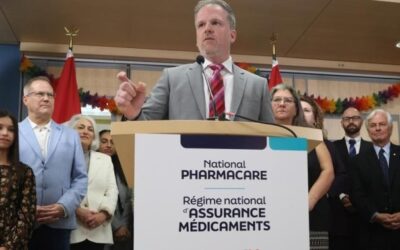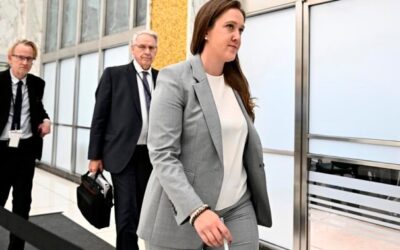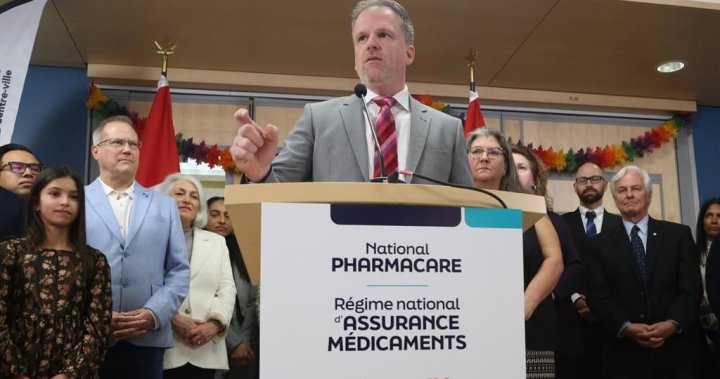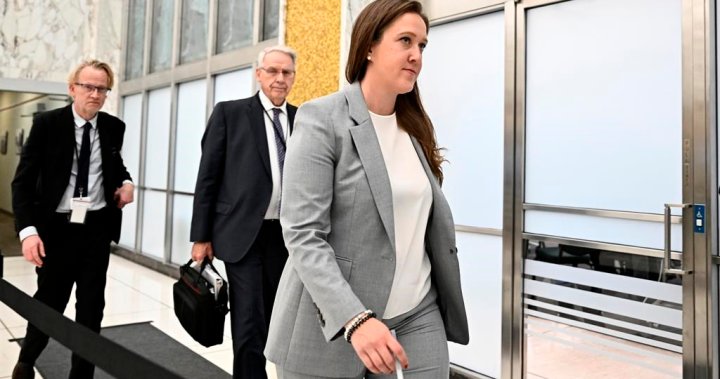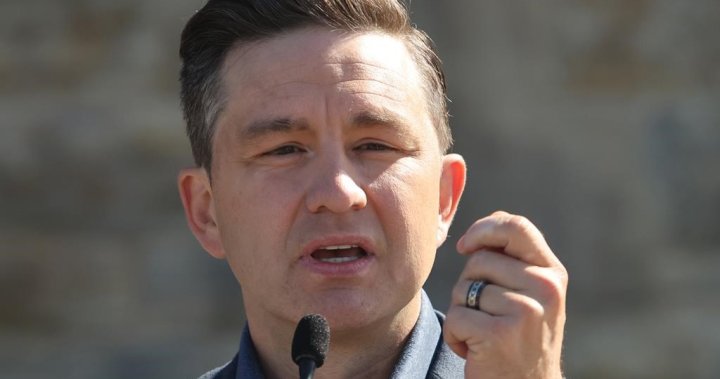Bankrupt and struggling: Canada’s public transit funding is in trouble, report says
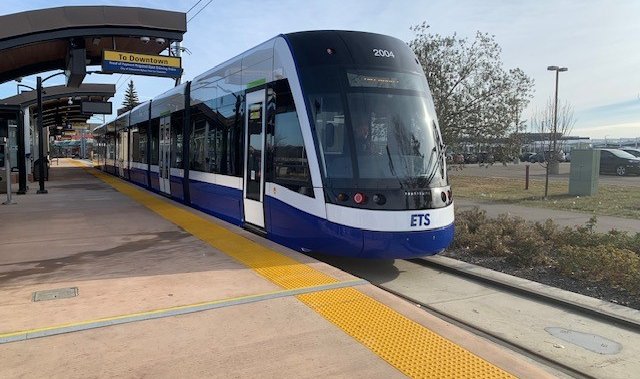
A new analysis warns that Canada’s major cities are struggling to maintain their transit running systems and said public transport is heading into a “downward spiral” unless significant new sources of operating revenue open up.
In a report released in late May, Leading Mobility Canada said the $120 billion planned for expansion of these transit systems will not help cities struggling to keep buses and trains running at current levels.
David Cooper, director of Leading Mobility and co-author of the study, said the majority of public transit is funded by passenger fares and property taxes, and cities have very limited options for other revenue sources.
The federal government is allocating billions to expand public transit.
“It’s great that we’re getting these investments, but you can’t realise the benefits of those investments if cities can’t afford to manage them,” he said.
The analysis examined the budgets, revenue sources and long-term plans of eight transit systems in Vancouver, Calgary, Edmonton, Winnipeg, Ottawa, Toronto, Montreal and Halifax.
Most of them are already reporting budget deficits.
Calgary’s budget deficit is projected to be $33 million in 2023, the same year Toronto reported a $366 million deficit. Montreal projects its budget deficit will exceed $560 million in 2025 and reach $700 million by 2028.
Halifax expects to be short as much as $22 million in 2026, or more than 15 per cent of its total transit budget, while Vancouver is warning of a structural deficit of $600 million by the same year.
They all say expansion projects, such as new light rail lines in Ottawa, the high-speed bus network in Halifax and the subway expansion in Toronto, will result in operating costs far beyond what they can afford.
Vancouver estimates that expanding bus and light rail lines will cost an additional $1.2 billion. Calgary said its operating budget will be $127 million higher in 10 years.
Edmonton says its budget deficit will reach $174 million a year by 2033, while Winnipeg believes its expansion plans will add $37 million to annual costs.
The provinces and the federal government are providing only limited funding to support growth, and even that funding is temporary. For example, Ontario has agreed to provide $1.2 billion to help Toronto operate two new LRT lines over a three-year period.
Financial news and information
delivered to your email every Saturday.

Receive weekly financial news
Receive expert insights, questions and answers on markets, housing, inflation and personal finance every Saturday.
In late July, Vancouver’s transit authority TransLink warned that it would have to make significant service cuts if its structural deficit was not addressed, including eliminating 145 of its 245 bus routes and reducing service to the SkyTrain and SeaBus. This would leave more than half a million people without the ability to walk to a transit stop or station.
On August 8, Ottawa Mayor Mark Sutcliffe sounded the alarm about a “transit crisis” due to a $9 billion hole in OC Transpo’s long-term financial plan, which includes the opening of the nearly $5 billion second phase of light rail.
“It’s nice to dream about building more light rail, but we don’t even have the money to run our current system,” Sutcliffe said. “If we don’t get the help we need, it doesn’t even make financial sense to open Phase 2 of light rail.”
“Financially, we would be better off if we didn’t open and operate this system.”
The report clearly shows that COVID-19 accelerated some of the structural funding issues plaguing transit systems, as work-from-home policies significantly impacted ridership.
Leading Mobility said that before COVID-19, passenger fares covered an average of 59% of transit costs in Canada, much higher than the 38% seen in the United States.
By 2023, tariffs covered just 23% of costs in Ottawa and up to 43% in Toronto.
Most cities have seen ridership return – although not quite to pre-pandemic levels – but people are using the system differently, with fewer people buying monthly passes and, in some places, more using subsidised transit passes or tickets.

Property taxes are typically the second largest source of revenue for public transportation, but inflation and affordability have put enormous pressure on cities and public transportation’s ability to raise more money from property taxes is limited.
Vancouver’s TransLink network receives some funding from the gas tax, but with B.C. drivers adopting electric vehicles faster than anywhere else, that funding source is shrinking fast. Gas tax revenue is down $34 million in 2023 from the previous year.
Halifax has a benefit zone tax, a surcharge on properties located within a certain distance of public transit, which in 2023 accounted for nearly half of its total revenue, or $58.6 million.
Montreal derives about five percent of its operating revenue from a tax on vehicle registration.
Vehicle taxes and welfare benefits are among the Leading Mobility report’s suggestions for cities. It also suggests considering a charge on electric vehicle charging or adding congestion pricing that would charge vehicles in the busiest areas of cities, similar to what is in place in London and New York.
The report calculated what might work best in each jurisdiction, but also noted that many cities need permission from their provincial government to make such changes. It recommends that provinces make legislative changes to allow transit systems to raise new funds.
The report also calls for the creation of a national commission on financing public transit operations, bringing together provinces and municipalities to determine the best way to save their systems.
Cooper says the cuts are a death knell because people will only use public transport if it is reliable and affordable. If ridership drops, revenues drop, and more cuts follow.
Marco D’Angelo, president of the Canadian Urban Transit Association, said there is a will to solve the problem and it’s not insurmountable. He noted that when ridership dropped during the pandemic, both the federal and provincial governments stepped in to help.
“We have shown leadership when it was needed to ensure that Canada’s public transit systems work properly,” he said. “This is a different scenario, but it has been managed before by the provinces and the federal government, who have recognized the national importance of public transit.”
© 2024 The Canadian Press


